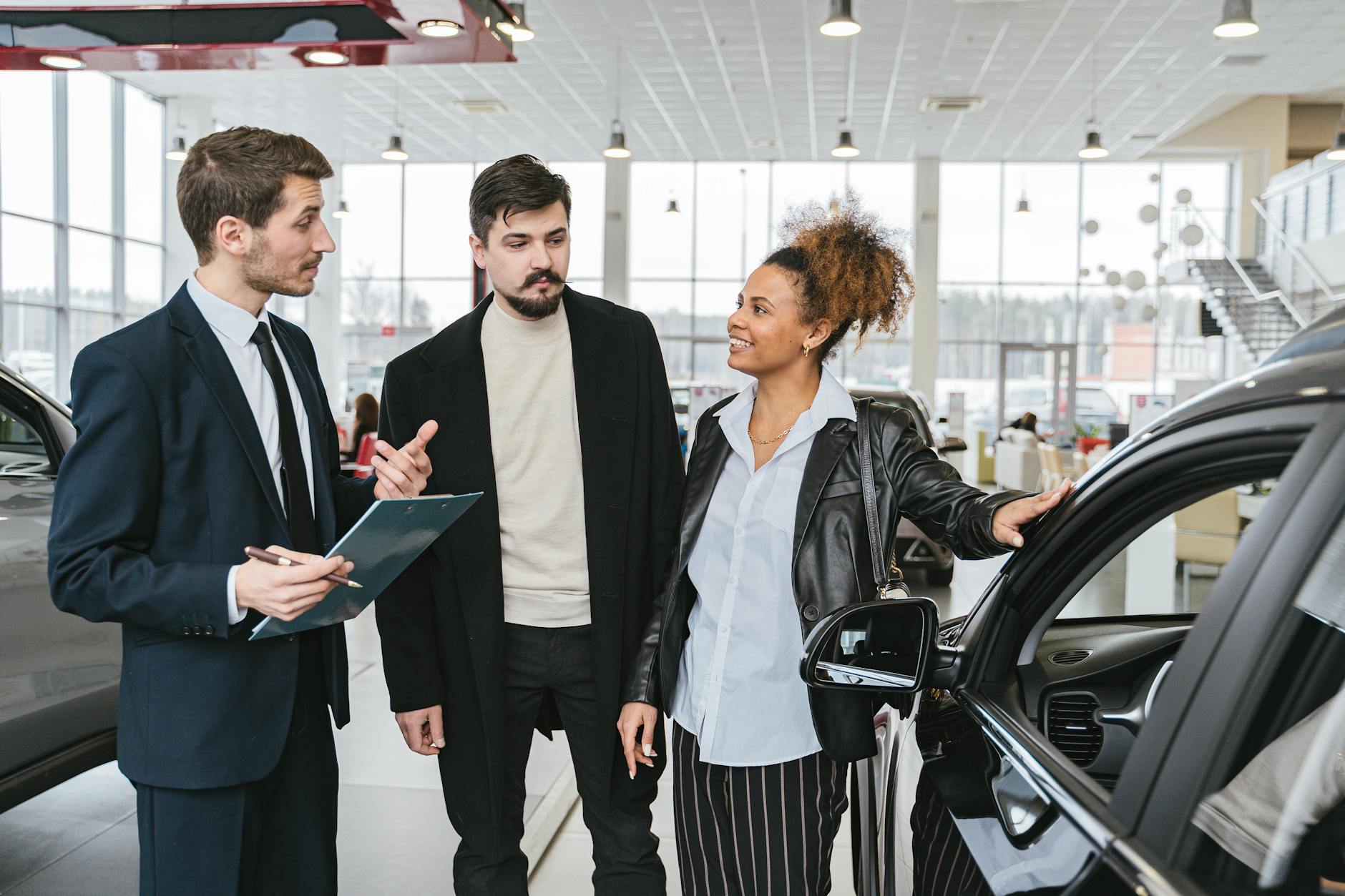
Buying a car is one of the most significant life decisions, perhaps second only to buying a house. For some people, buying a car is the largest purchase they have ever made. For others, it is just a typical purchase.
Whichever side you are on, the first important decisions to make when buying a car are;
Each of these decisions is hard to make. For first-time car buyers, for instance, these decisions can be overwhelming.
Buying a used car can be a good choice since it costs less than buying a new car or financing. Since it is not a loan, it does not attract any interest, and Insurance companies charge less on used cars. Below is a step by step guide on it.
7 Steps to Take When Buying a Used Car With Cash
1. Set your budget
There are various opinions about what percentage of income is wise to spend on a used car. For some people, it is 10%. For others, it should be between 15-20%, although there is no golden rule. Every person should decide on their own.
2. Do your research
After setting a used car budget, the next big step is to do your independent research. Research allows you to gain knowledge of all the requirements for the deal. Find out the applicable charges on used cars in your state before going out to buy.
Consider factors such as documentation, gas consumption, and repair records in your research.
3. Settle on a car type and model
Having decided to buy a car often means your mind is already fixed on a specific model. On the off chance that you have not made a decision, this should be your next step. But, even if your mind is already made up, it is advisable to compare the alternatives.
Car type examples include; Sedan, station wagon, convertible, minivan, and sport-utility vehicle(SUV).
4. Visit the seller
Once you have decided on the type and model to buy and set a budget, the next big step is to have an in-person look and feel. This step is critical regardless of whether you are buying from a dealership or the owner.
5. Have the Car Appraised
Checking out the car on your own is good, but it does not help enough if you do not know what to look out for. Unless you are a trained auto mechanic, it is advisable to hire a professional.
A trained mechanic will check the car’s condition and flag any faulty parts. This will help you avoid incurring extra charges when you decide to buy.
The trained professionals can check if the steering wheel and breaks are responsive. They can also check if the car's clutches and gears are in good condition.
6. Take a test drive
After appraisal and adjusting for repairs and replacements, the next step is to take a test drive. Taking the car for a test lets you gauge the comfort levels in the car and ensure it feels the way it looks.
Some dealers might even allow you an extended test drive for a couple of days. Don’t be afraid to ask the dealer or owner to let you try out the car on different terrains.
7. Pay and transfer of title
If everything looks good and you have decided to buy, payment is the next step. Ensure you bargain for the best deal and also ask for a discount. The cash price of a used car should be lower than financing since it is not a loan and does not attract interest.
To complete the transaction, transfer of ownership takes place after payment. In some states, the current owner signs the title to transfer ownership to the buyer.
The buyer then presents the signed title to a licensing agency for a new title.
Conclusion
Buying a car can be such a frustrating experience. But, there are steps to ease the burden, especially when buying a used car with cash. Plan around your budget based on your own research to determine which car type best suits your needs.
It is advisable to hire professionals to appraise the car and determine its value. The professionals ensure the car is fit for sale. They also help the buyer to avoid hidden charges arising from faulty parts if not disclosed.